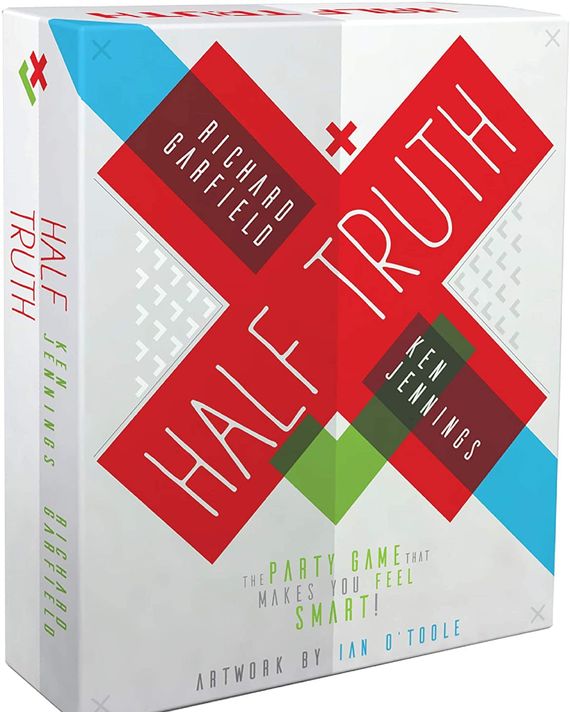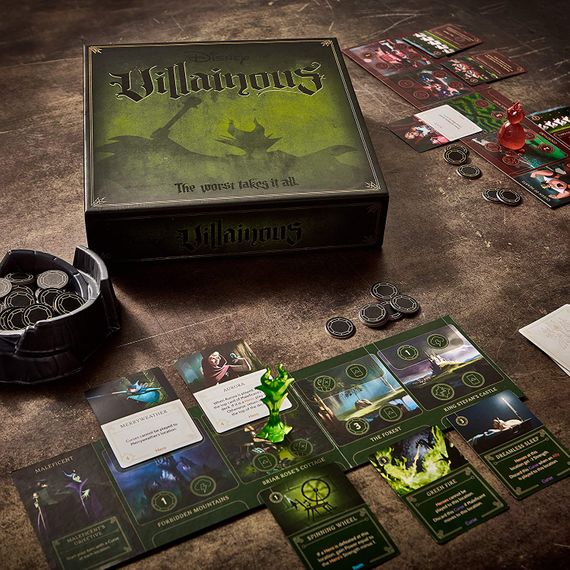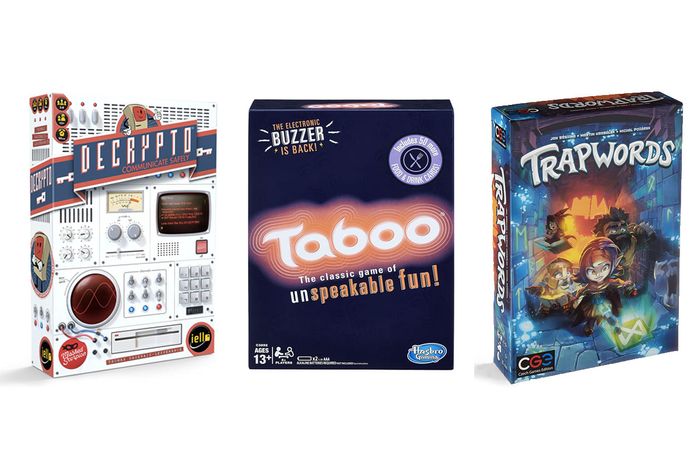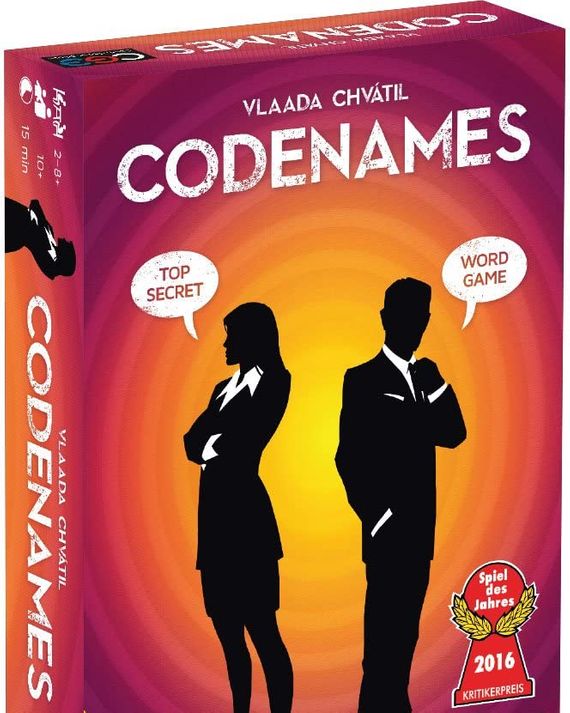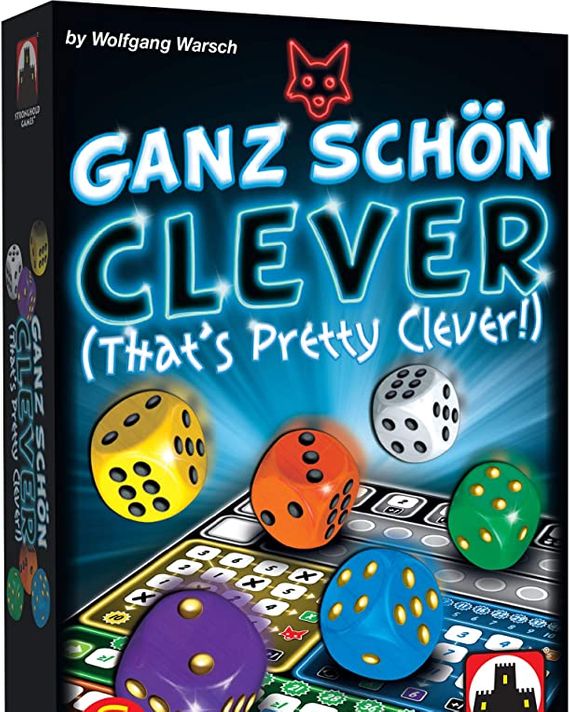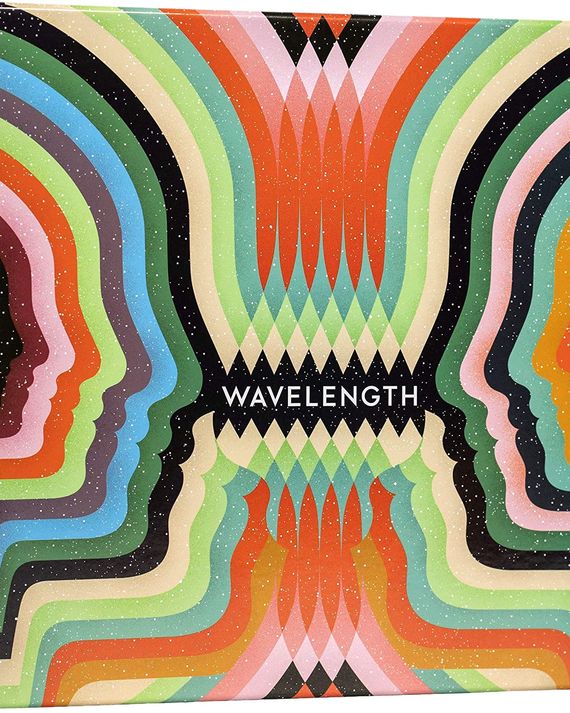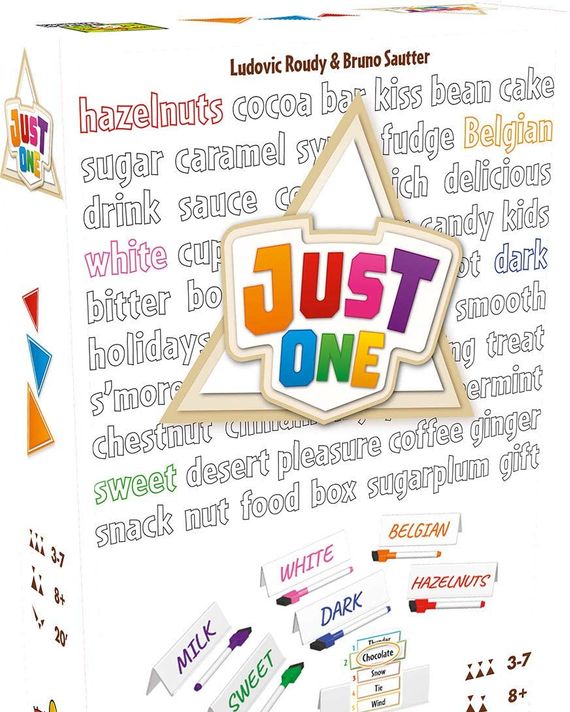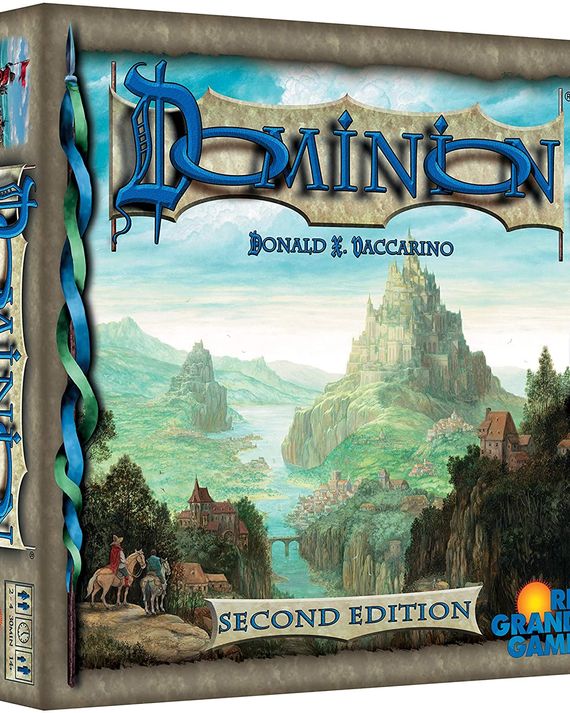
Board games are having a moment right now, but there’s a tight constraint on the craze, since our options for players are limited to the folks with whom we’re self-isolating. That’s all well and good if you have other gamers in the house — I am fortunate that I do — but maybe you’d like to play with other people, or play games that involve more players, or just try something a little different. With that in mind, I’ve run through some games that work well over Zoom. (Just note that some of them can easily be played if only one house has the physical game, while others will require all participants to have their own copies.)
Welcome To…
Welcome To… is one of the best new games of the last five years, period. It’s the leader in the subgenre of games known as “flip-and-write,” which means pretty much what it sounds like: You flip some cards to reveal their face values, and then all players use those values to write something on their individual scoresheets. (Think Yahtzee, but with cards instead of dice.) In the original Welcome To… game, players fill out addresses in a planned neighborhood — I can’t not think of Levittown when playing this — with houses on three parallel streets. On each turn, you flip three cards over, revealing a house number on each new card and a feature (pools, parks, fences, etc.) on the back of the previous cards. You can choose to write down any of those three pairs, entering the number on a blank house on your sheet — staying in ascending order left to right — and checking off one of the six possible features.
As long as everyone can print the score sheets at home, only one player needs to own the physical game. That person will announce the scoring rules for that game and show the cards as they’re flipped each turn. There’s no player interaction during the game, so you lose nothing if everyone is remote. If you get tired of the original, there are also several expansion pads that introduce new themes (Halloween, Winter Wonderland, Zombie Outbreak, Nuclear Doomsday) and small rule tweaks to keep the playing experience fresh.
Welcome To… is available at Amazon for $24.46.
Half Truth
Half Truth, a trivia game co-created by Jeopardy champion (and front-runner for replacing Alex Trebek) Ken Jennings, is the newest game on this list. It came out in early May, just in time for everyone to play it at home — or over Zoom. There are so few components that you can easily play this with only one participant owning the physical game. Players answer a series of trivia questions with six possible answers, three of which are correct. You can provide one, two, or three answers, and you advance your token on the round track if all the answers you give are correct. You get bonus points if you give two or three correct answers, but if you get even one wrong, you get nothing. It’s a surprisingly fun game! The trivia questions are hard but not so obscure that you’re just guessing wildly, and the betting aspect (deciding whether to risk providing more than one answer) turns out to be very entertaining for everybody.
Playing Half Truth over Zoom would be as simple as any virtual trivia game. Whoever has the physical game reads the question and all possible answers, then each player writes down the one, two, or three letters corresponding to the answers they think are correct. The owner of the game flips the card over to reveal the correct answer while each player shows their chosen responses.
Half Truth is available at Amazon for $26.99.
Villainous
Villainous is a series of connected strategy games based on Disney villains. Each game is playable on its own, but all four sets can also work together in any combination you like. So as long as each house has one of the boxes, everyone can play together over Zoom. Each character in Villainous is the bad guy from a different Disney movie (Captain Hook, Jafar, Maleficent, etc.) with a unique deck of cards, board, and objective to win the game. Everyone plays the same way: maintain a hand of four cards, move your token to a space on the board, use any or all of the actions allowed on that space, draw back up to four cards. This continues until one player hits their objective and wins. While there is player interaction in Villainous, it’s one simple mechanic — the Fate action — that is easy to implement even if you’re not together. When you “Fate” another player, you look at the top two cards from their Fate deck (white cards) and choose one to play on their board, messing up their strategy. Every other action in the game just involves doing things with your own board.
There are now 15 characters available in the four existing boxes, and they’re fairly well calibrated so that no character’s objective is too easy or hard to achieve relative to the others, although some are simpler to understand (e.g., Prince John has to collect 20 coins to win, while Ratigan’s objective can actually change during the game). The new Marvel Villainous game probably wouldn’t work as well over Zoom given its increased interaction between players, but I’m sure you could figure out a workaround if you’re really determined to play as Thanos.
Villainous is available at Amazon for $34.97.
Decrypto/Taboo/Trapwords
All three of these word games could work with a little virtual creativity or if multiple players have the game. They’re all word-guessing games with some sort of twist to make them more competitive. In Decrypto, each team has four secret words, numbered 1–4, that the other team can’t see. In each round, one player draws a card with a three-digit code corresponding to those numbered words. That player gives one-word clues to try and get their teammates to guess the code on their card. The catch is that the other team can write down those clues each round and try to guess the four secret words via deduction. Taboo, a classic of party games, is Password with a higher difficulty level, as the clue-giver can’t say any of the five related words shown on the card under the word they must get their teammates to guess. Trapwords takes Taboo one step further, as your opponents get to pick the words you can’t say while giving clues … and they can prohibit you from saying more words each time you get one right.
Decrypto is available at Amazon for $14.49; Taboo is available at Amazon for $19.99; Trapwords is available at Walmart for $15.69.
Codenames
Codenames has already gotten the Zoom treatment, with multiple sites dedicated to producing card tableaux for players to share on their screens … but I can speak from experience and say that you can go even more low-tech than that as long as one person owns the game. The players split into two teams however they’d like (Codenames is great for large groups because there’s really no limit to the team sizes), and each team designates one clue-giver called the Spymaster. The ‘board’ is a 5x5 grid of cards, each with a single word on it. The Spymasters can both see the map that shows which cards belong to the red and blue teams (17 total, 9 for the start team and 8 for the other); which are innocent bystanders (7), and which is the assassin. At the beginning of each team’s turn, the Spymaster says a clue word and a number. The number corresponds to how many cards on the grid the Spymaster thinks relate, in some way, to the clue word. The team may then guess words on the grid, up to the number the Spymaster gave plus one. If the first guess is right — matching one of the cards that belongs to their team — they can guess again. If they guess the other team’s card or a bystander card, that card’s affiliation is revealed and the turn ends. If they guess the assassin card, they lose immediately.
We played recently across two locations, with the Spymasters at the same house and the guessers playing elsewhere. I laid out the card grid and sent a picture to the rest of the players, who could then see the 25 words and check them off on their phones while playing. That allowed my partner and I to act as the Spymasters, since we both had the key card that showed which cards were hers and which were mine. If two sites have the game, you could have Spymasters in different spots as long as both had the same key card.
Codenames is available at Amazon for $14.88.
That’s Pretty Clever
Roll-and-write games work exactly like flip-and-write games, but with dice rather than cards. (The rolling version really came first, although I think flip-and-writes are even a bit easier over video since you can more easily show the cards.) Either way, though, you can play these games quite well remotely — everyone just has to print their own pages. That’s Pretty Clever and its sequel Twice As Clever are both roll-and-write games that are, indeed, cleverly-designed and require no extra components beyond the dice and scoresheets. The sheets require players to score each color of die slightly differently, and inactive players can draft any dice the active player hasn’t used on that turn. (I don’t necessarily agree that the sequel is twice as clever as the first game, but it’s definitely more difficult to figure out.) There’s also a third game in the series coming soon, with the German title Clever Hoch Drei, which makes the scoring even more arcane. If you’re looking for a slightly more complex roll-and-write, La Granja ¡No Siesta! distills a heavy, two-hour game (La Granja) into this dice-rolling format with a lot of specific rules on how you can fill out each of the paper’s five sections. These three games have solid solitaire modes as well.
That’s Pretty Clever is available at Amazon for $18.05.
Wavelength
The designer of That’s Pretty Clever is also behind this social deduction game with a cooperative mode that would work especially well for players who are all on Zoom. In competitive mode, you’d need at least four players, split into two teams. In every round, one player from each team acts as the “Psychic.” The Psychic draws a card that has some category on it running from one extreme to another. For example, the card might indicate cold to the left and hot to the right. The Psychic then gives the other players on their team a single clue — a word or phrase — to indicate where a hidden marker is placed on the game’s wheel. In our hot/cold example, the Psychic could say “coffee” to indicate that the marker is closer to the right (hot) side of the device. The other players then fiddle with a dial to see how close they can get to the actual location of the marker, getting four points if they nail its location, two or three if they’re close, or nothing if they’re way off. Play continues until one team reaches ten points.
In cooperative mode, you can play with as few as two players since you’ll play through seven cards together and see how many points you can score. (Sixteen or more points is considered a winning game in the rulebook.) You would probably need two players at the site with the physical game since it wouldn’t really be fair for the Psychic to move the dial, but everyone else can be remote.
Wavelength is available at Amazon for $34.99.
Just One
The 2019 Spiel des Jahres (Game of the Year) winner is a cooperative word-guessing game where players try to give a clue that none of their teammates will think to give. During each round, one player acts as the guesser while every other player can see that round’s word and must write down a single, one-word clue. (Unless you only have three players, in which case each of the clue-givers will write down two clues.) The players then compare all of their clues and eliminate any words that more than one person wrote down, presenting whatever remains to the guesser. You play through a random hand of 13 cards, gaining a point when you get one right, standing pat if you pass, or losing a point and discarding the next card if you get one wrong.
Only one person would need the physical game to make this work remotely. The guesser would just have to avert their eyes (and/or ears) while other players learn the key word, and again while the clue-givers compare their clues to eliminate any duplicates.
Just One is available at Amazon for $41.99.
Dominion
This would work quite well over videoconferencing as long as all players own the game. Dominion is the ultimate deck-building game; each player starts with the same deck of ten cards, drawing five each turn, playing coin cards to buy new cards and/or playing action cards that allow them to draw more cards or buy more things or even zap opponents. There is no board, instead there’s the “market,” a row of ten different cards available to buy (which you can choose beforehand) and a limited supply of points cards. So whenever one player buys a Smithy or a Province, all players would have to remove that card from the table at their location … but that’s it. So much of Dominion’s gameplay is individual that it’s easy to play remotely, and the cards that do affect other players are easy to execute (e.g., all other players discard two cards, or all other players draw one Curse card worth -1 point). Dominion has many expansions as well — I particularly like Intrigue and Seaside — so as long as all players have the same boxes, everyone can set up the same batch of ten cards in the market space.
Dominion is available at Amazon for $33.71.
Every editorial product is independently selected. If you buy something through our links, New York may earn an affiliate commission.



